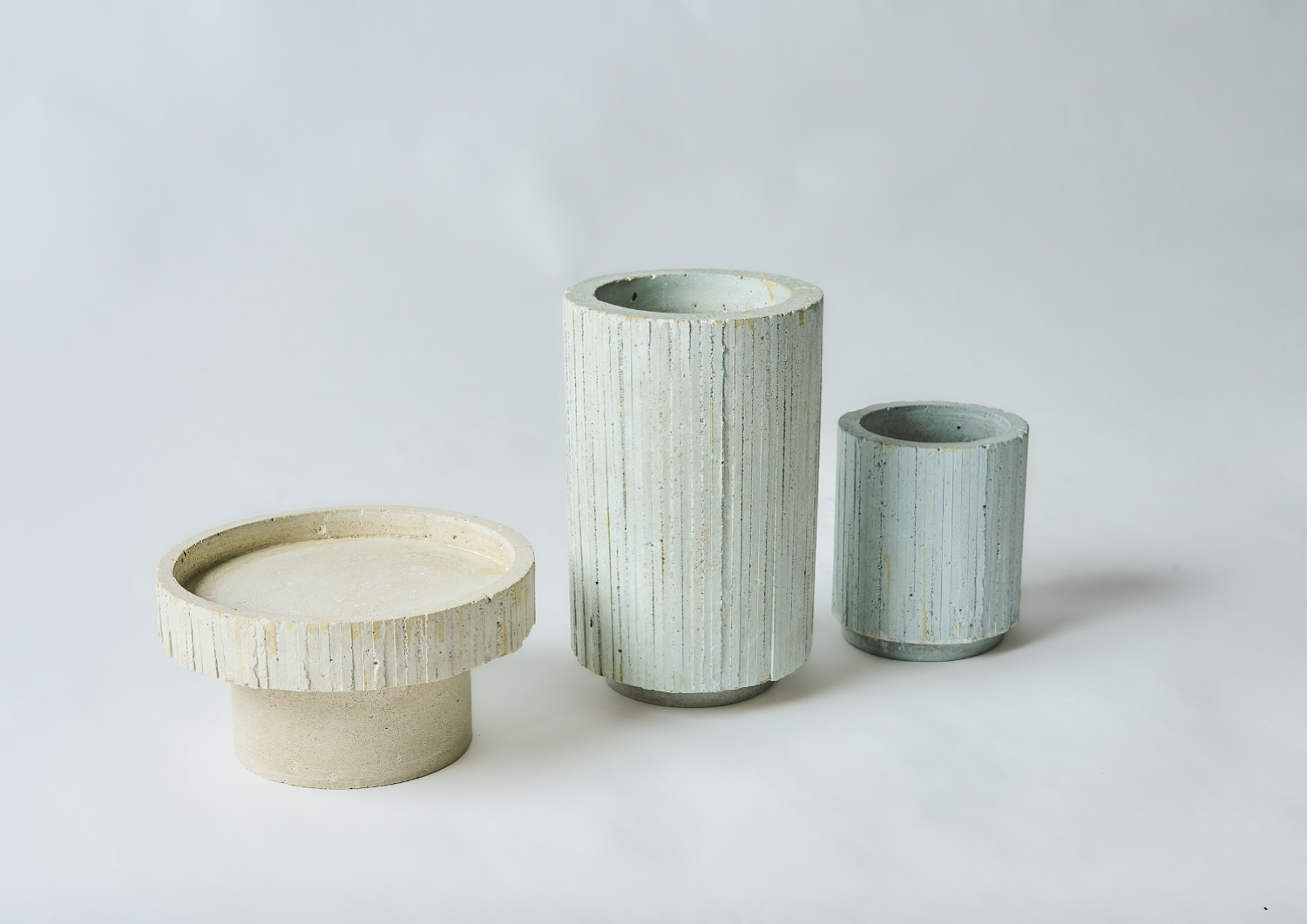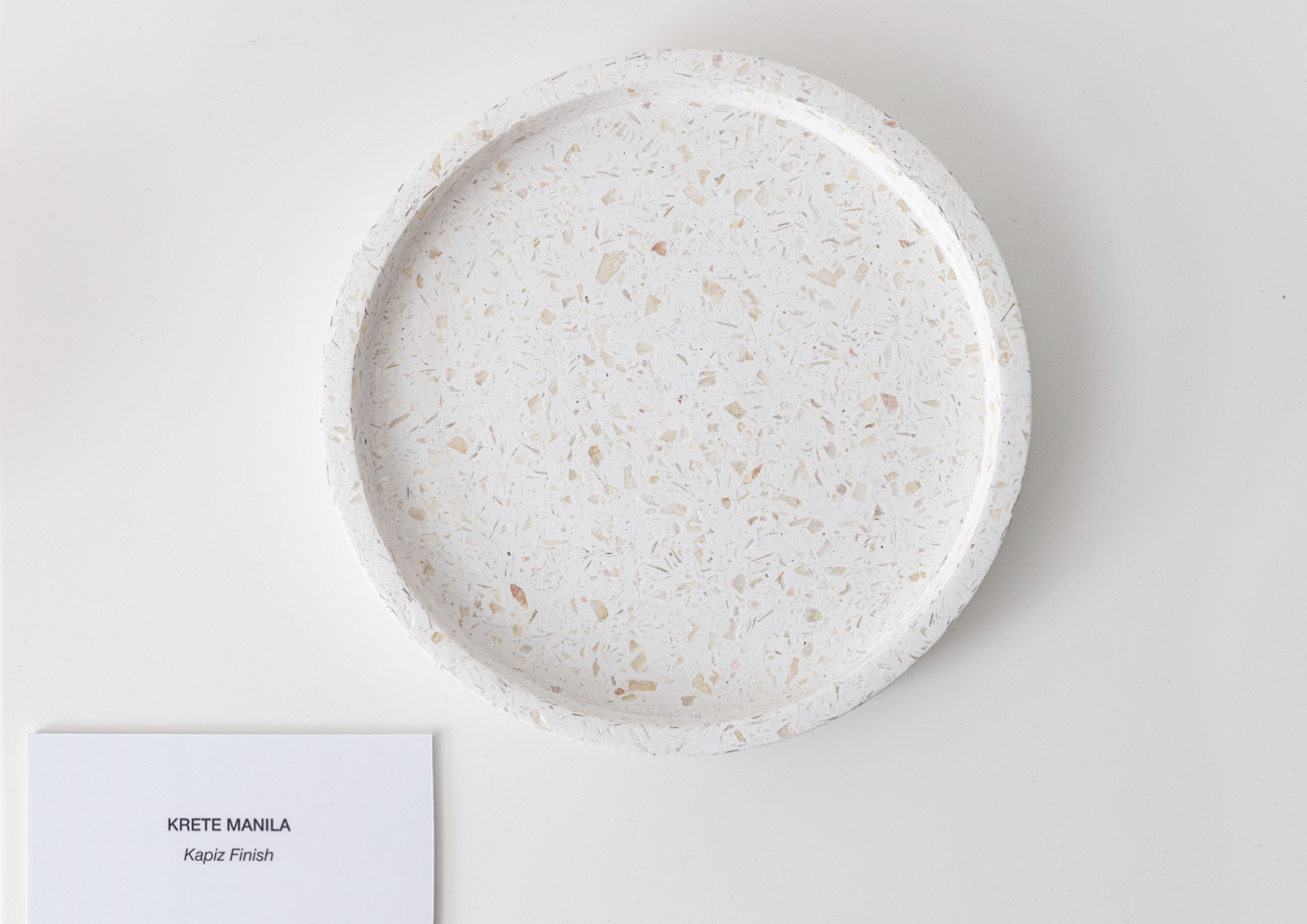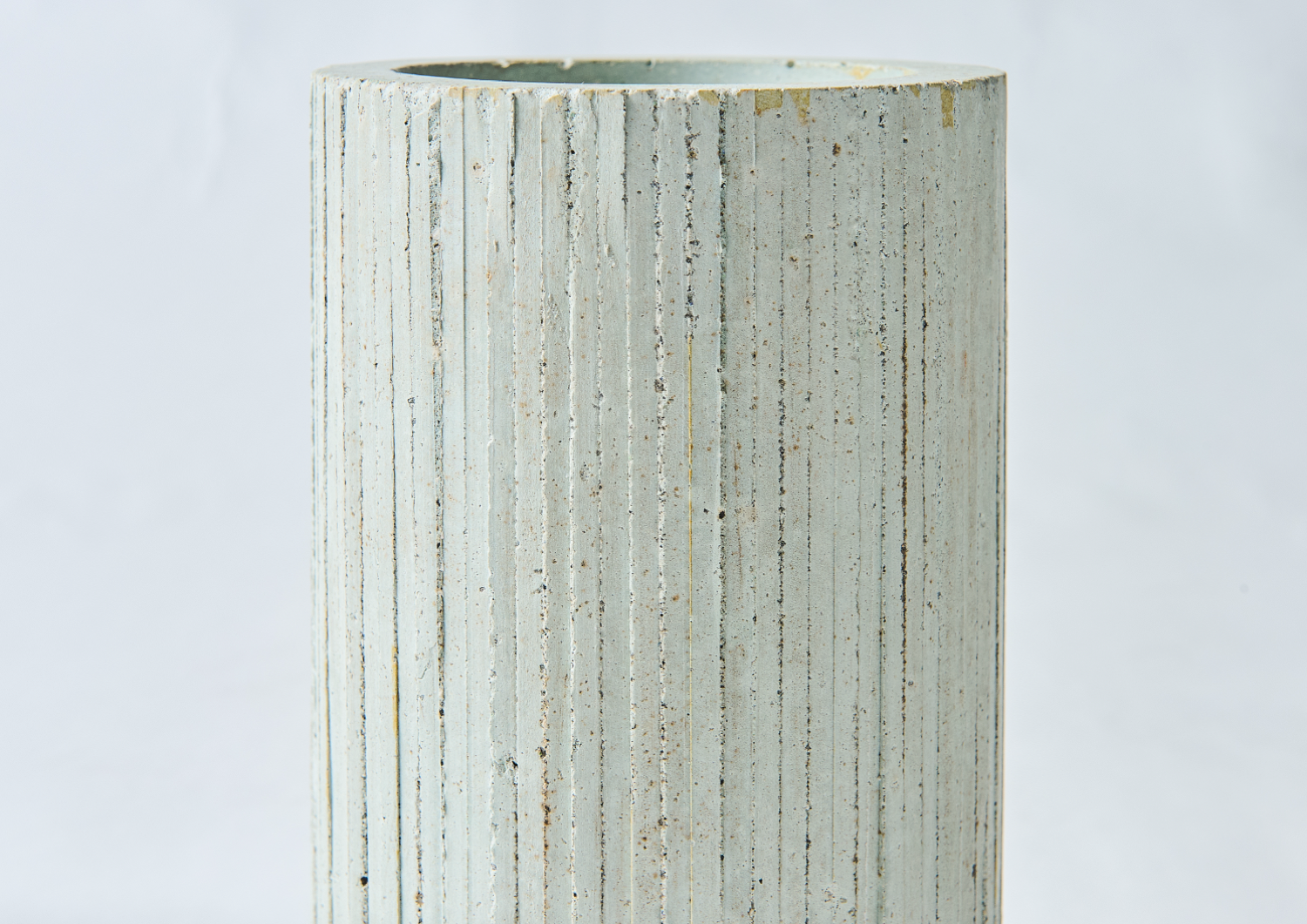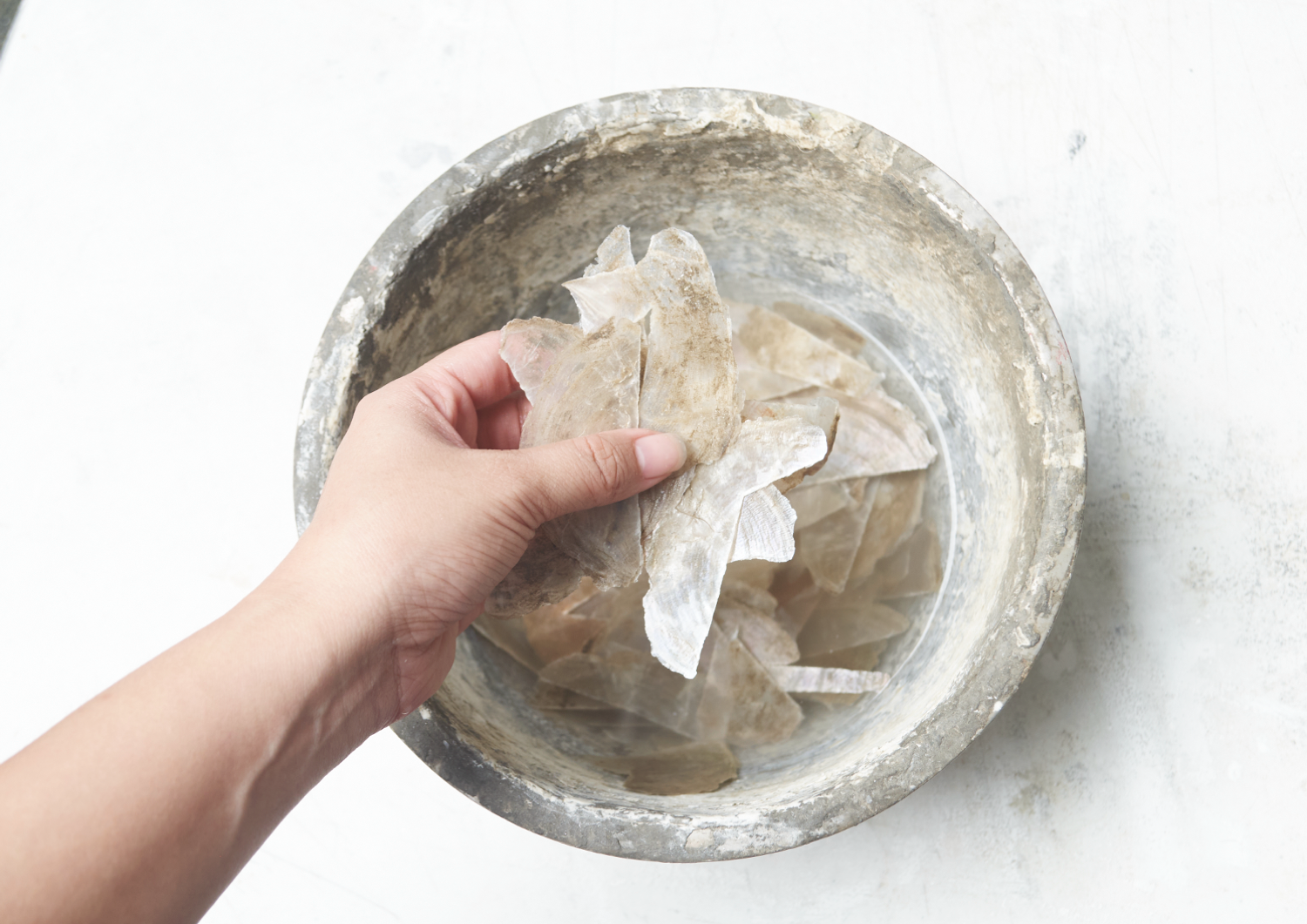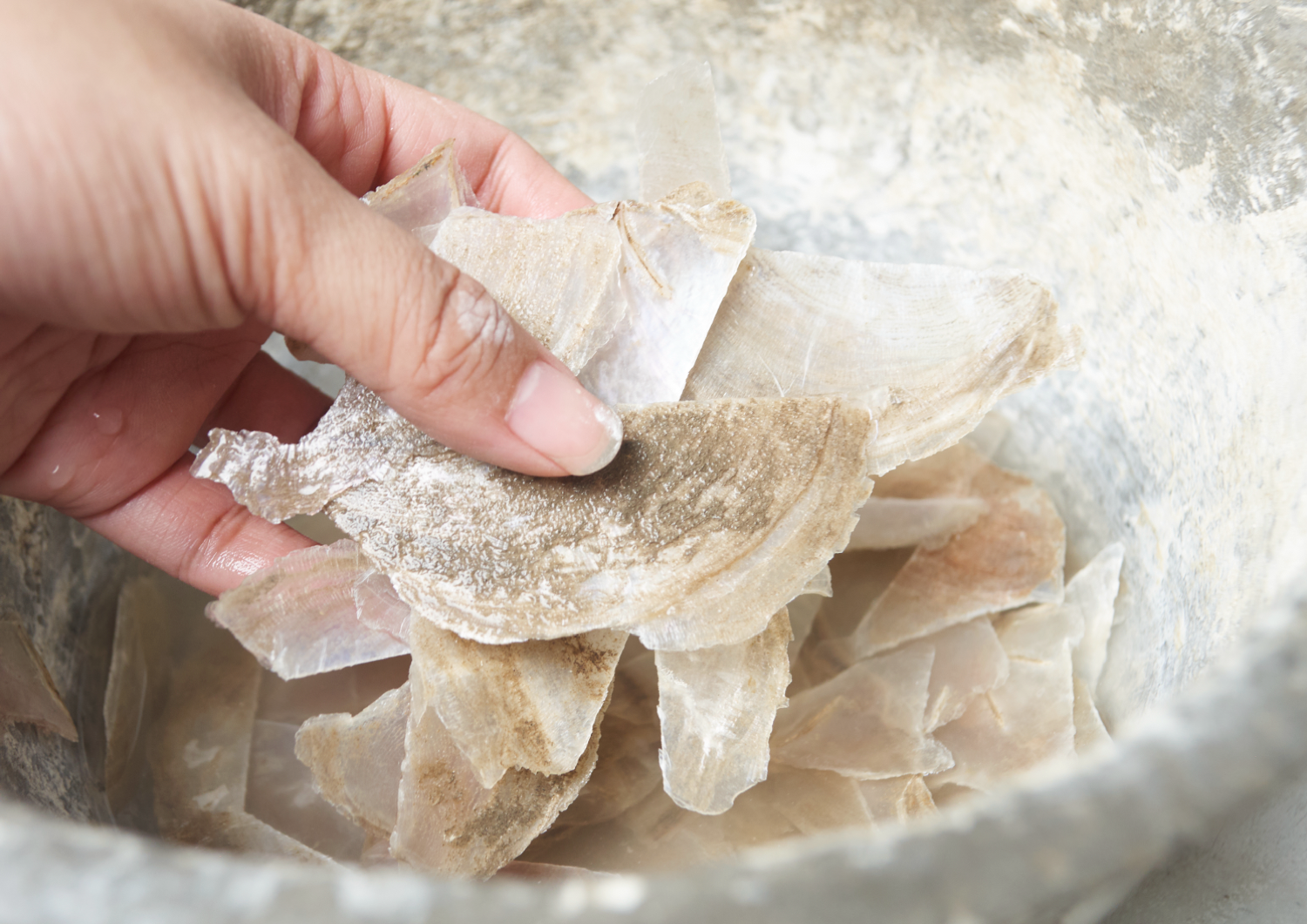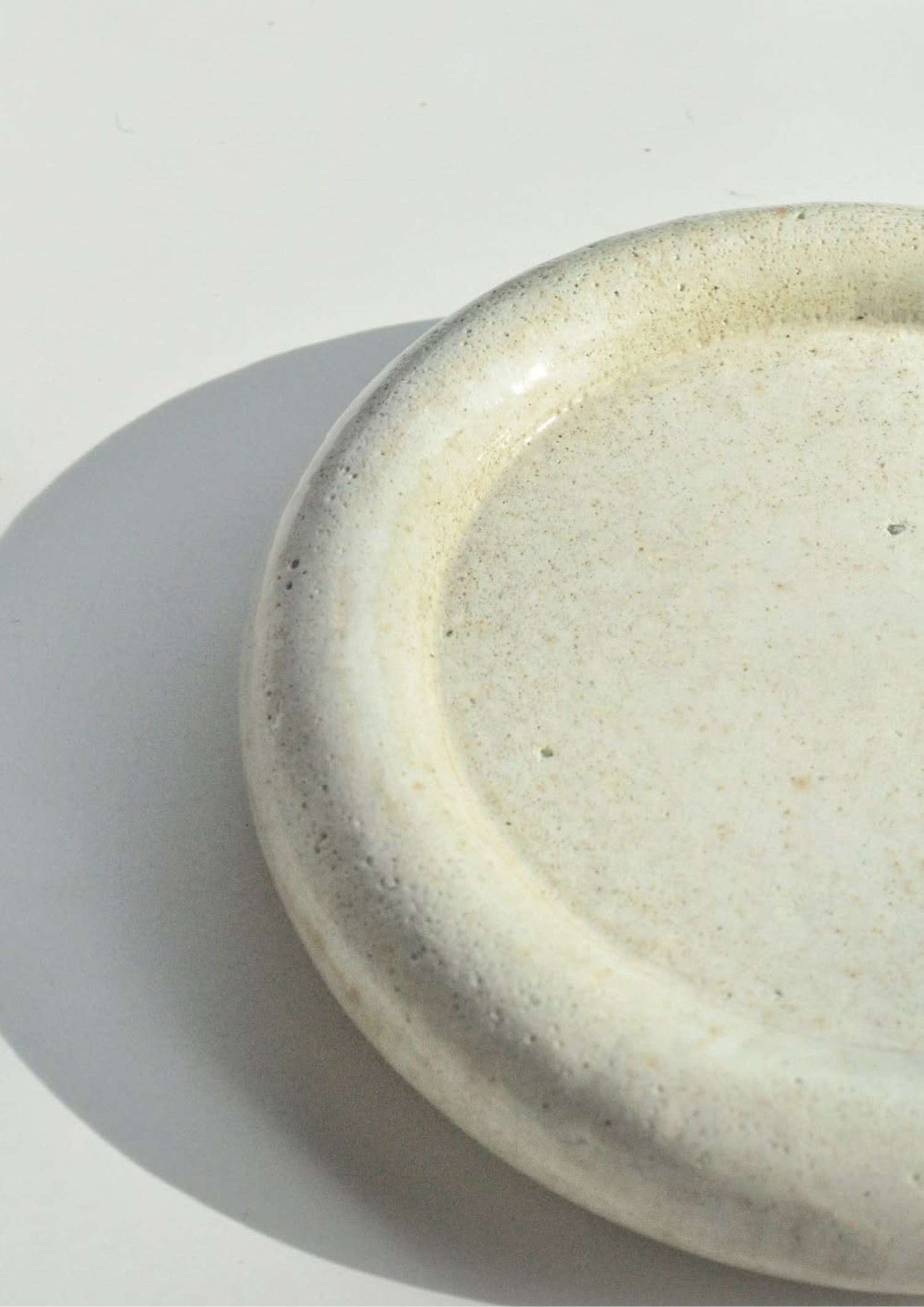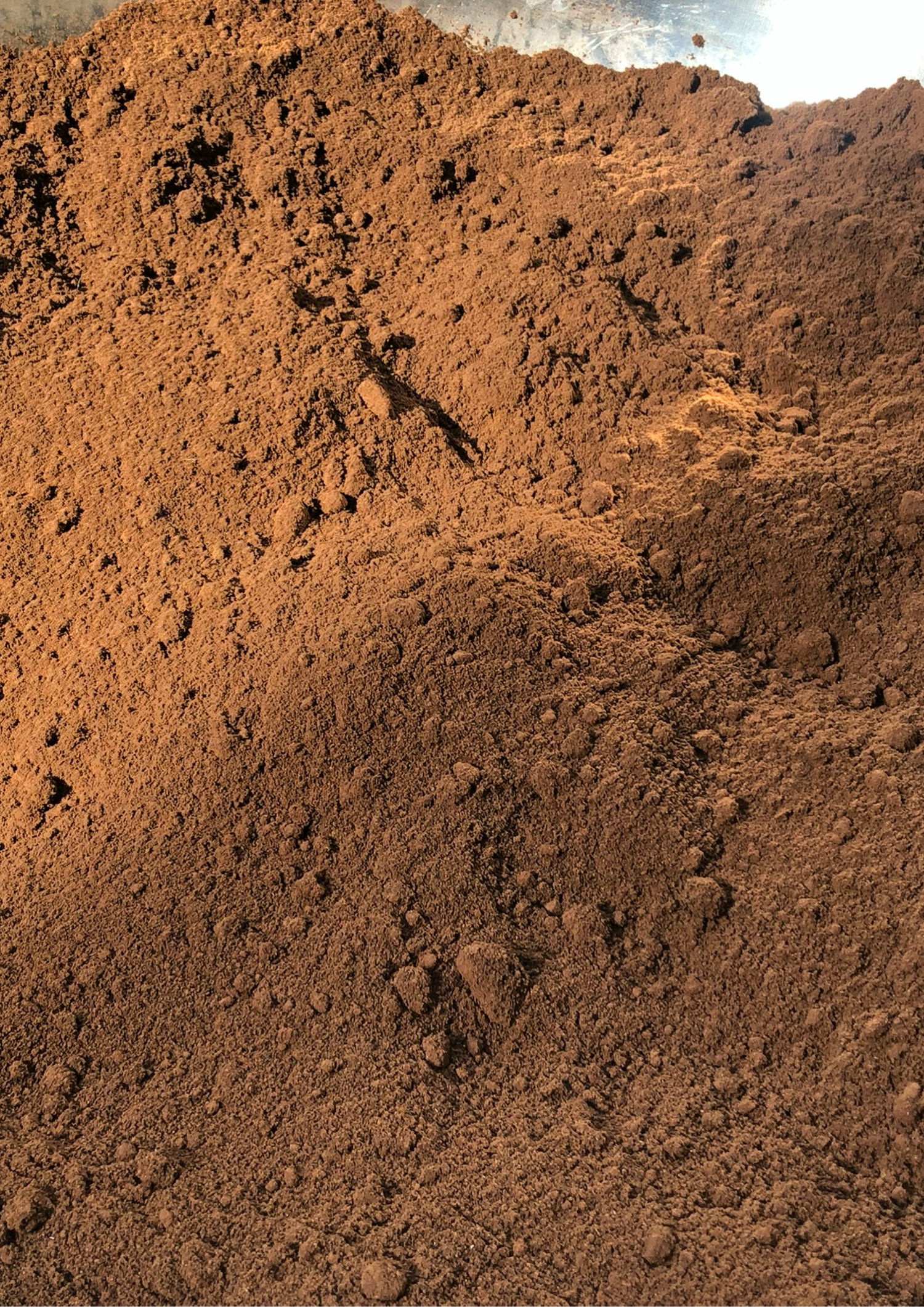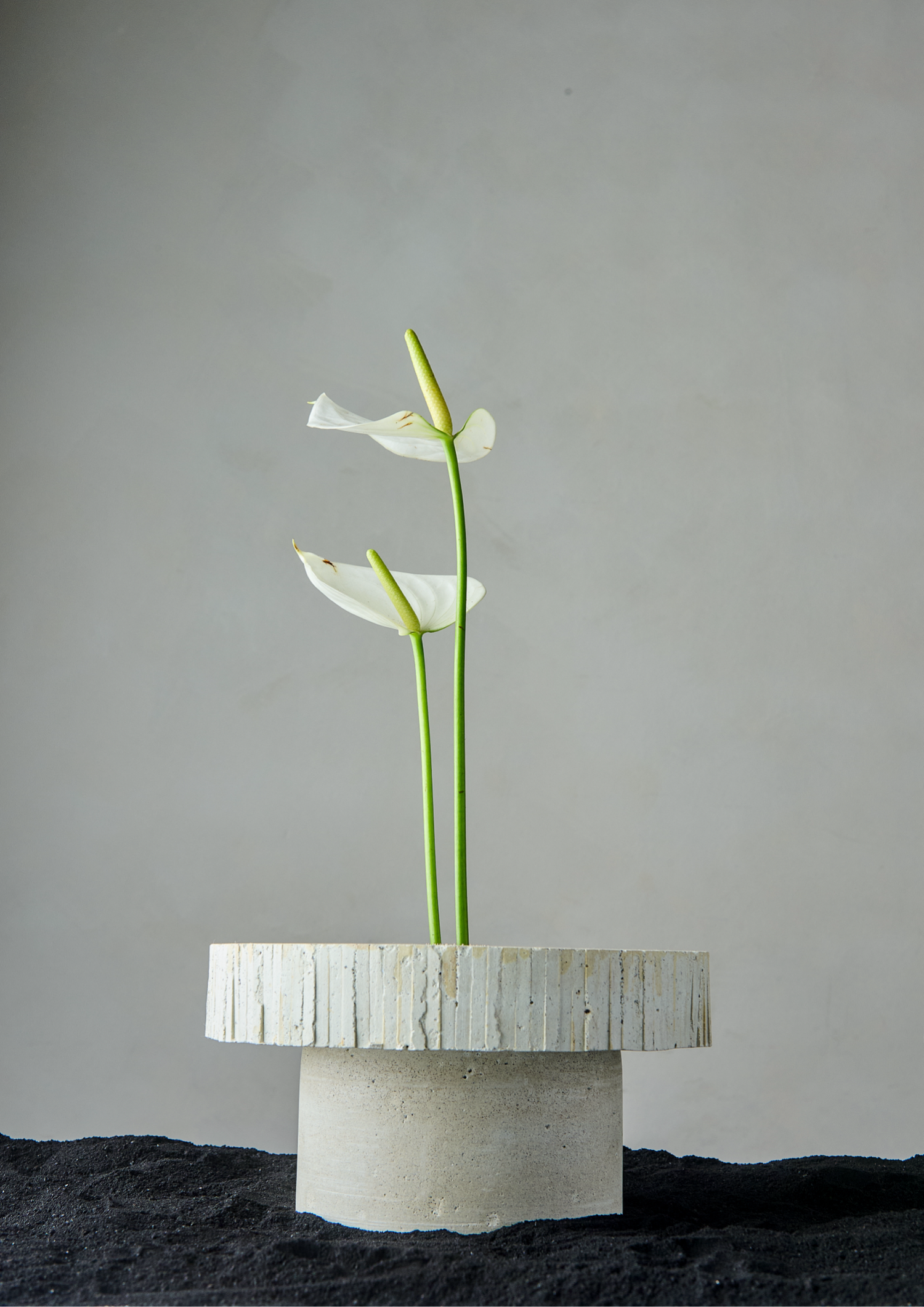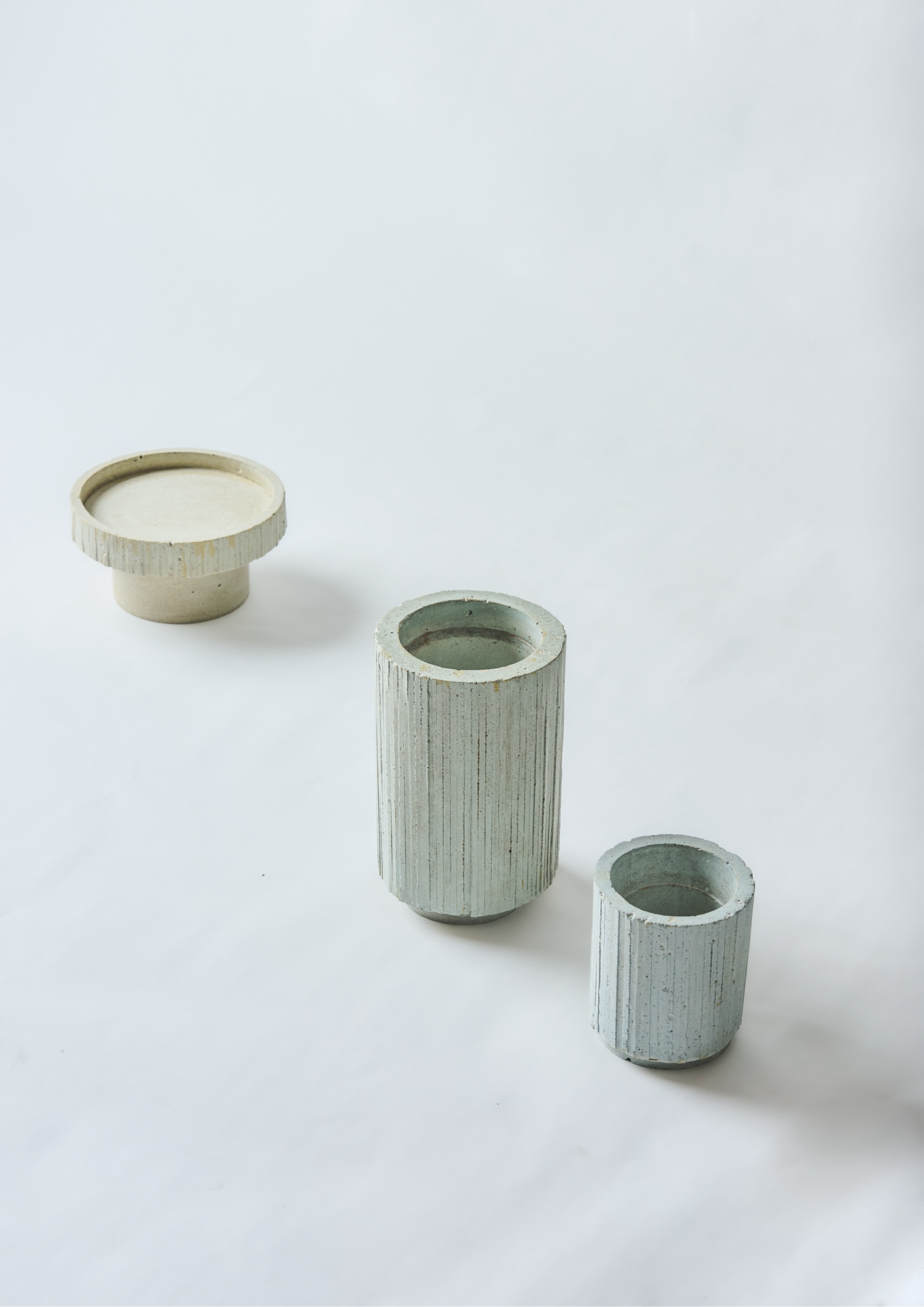Introduction and Interview Gabbie de la Cruz
Images Krete Manila
Filipino craftsmanship has taken the EMERGE at FIND Design Fair stage yet again! Curated by Supermama founder Edwin Low, and with the theme “Dialogue Through Design,” this year’s showcase is a conversation between people, cultures, materials, and time. The exhibition will feature works that push boundaries, from subtle gestures to often-overlooked details, celebrating thoughtful design and fresh perspectives. It will include some 150 works across 1,000 square meters from leading Southeast Asian design nations.
Five designers from the Philippines will form part of the exhibitors at EMERGE 2025, showcasing Filipino craftsmanship through pieces that reflect our heritage, culture, and tradition.
We’re capping off our EMERGE 2025 interview series with Daniel Ubas and Viktoria Laguyo of Krete Manila, who let us in on their world of reimagined concrete forms, recycled coffee grounds, and real connections.


Thank you for your time, Dan and Viki! Concrete is often seen as rigid and impersonal, which your work renders as tactile, expressive, and culturally attuned. Can you share with us what drew you to this material and how you began reimagining its possibilities?
Krete Manila: Hello, Kanto! We first got into concrete because of its look: raw, simple, and striking. We also found it practical, as you could grab a bag from the nearest hardware store and start experimenting.
It’s a forgiving material, and it doesn’t mind if things aren’t perfect, creating a playground for ideas. At first, we were just curious if something used for buildings and roads could be reimagined in smaller, more personal ways. We began making decor and everyday objects, almost like a hobby, until we saw its potential as a medium of expression. As Filipino designers, it became our way of asking: how else can this ordinary material tell stories and take on new forms?
Kapiz finish, photographed by Jar Concengco and MONO VESSEL close up, photographed by Carlo Nuñez
Your finishes, especially those that incorporate local textures and waste materials, feel like quiet reflections of urban life. How do you approach surface design as a way to evoke place and memory?
We noticed a pattern when we first started doing pop-ups: People would pick up our pieces, feel the weight, run their hands across the surface, and even rearrange the pieces as they would at home. After, they’d compare them to familiar things, like kitchen counters, old terrazzo floors, or tiles (our coasters got that a lot!). That stuck with us, reminding us how texture and finish can evoke memory and spark conversation.
Concrete isn’t always the easiest material to warm up to, so we leaned into those moments. We started adding details like aggregates, capiz shell offcuts, and used coffee grounds, not just to change how the surface looks, but to make it feel both familiar yet surprising.
Details also tend to invite questions. For one, someone could pick up a piece with our Kapiz Finish and ask us about it, then we’d explain that it’s made from the discarded shell offcuts. The shift starts there, we’ll see their eyes widen as if it were a lightbulb moment, and curiosity, somehow, turns into amazement.
For us, surface design goes beyond aesthetics. It’s about embedding fragments of place and story into each piece, making it both familiar and new–a reflection of everyday life with a distinct Filipino identity.
Unclean capiz shells, photographed by Viktoria Laguyo
Krete is a collaborative practice. How do your roles as designer and maker intersect, and what does co-authorship look like when developing new product lines, like in your collab with Alcom Carbon Markets for FIND?
We find that collaboration shows up in two ways. First, in how we work as both designer and maker. One side leans into hands-on testing, the other into design and storytelling. We’re also always switching hats, as the back-and-forth often pushes us to explore more and create new ideas.
The second kind of collaboration is with our partners. With Alcom Carbon Markets, for example, it meant combining their expertise in carbon capture with our approach to experimenting with material, form, and finish. For us, it isn’t about one person leading and the other following; it’s about varying perspectives shaping the work side by side, allowing the final piece to carry all those voices at once.
Koffee finish, side by side with used coffee grounds, photographed by Viktoria Laguyo
At FIND, you’re presenting the MONO VESSEL series within EMERGE’s material-focused showcase. What aspects of this collection do you hope will challenge regional ideas of finish, sustainability, or artistic expression?
Honestly, we wanted MONO VESSEL to do more than just portray concrete as a design material. We wanted it to open up a bigger conversation about waste and circular practice.
Take coffee, for example. Every day, millions of cups are brewed, creating mountains of used grounds that are thrown away. They release methane as they decompose, which is harmful to the environment. But if they’re turned into biochar, they become stable and useful. We have learned to integrate this into the concrete we use.
This process also opened the door to building a circular community. We now collect used coffee grounds from local cafés, giving new life to something that would’ve otherwise gone to waste. For us, that’s what makes the project meaningful–showing how small, everyday scraps can be transformed into products that not only reduce our carbon footprint, but also make sustainability feel tangible and close to home.
MONO VESSEL, photographed by Carlo Nuñez
To end, what kind of response or dialogue are you hoping to spark with architects and designers? at FIND through the MONO VESSEL?
Design isn’t just about the final product; it’s about the ongoing cycle of making, testing, and rethinking. With the MONO VESSEL, we hope the material itself sparks new ideas, maybe even directions we haven’t explored yet. If others see another angle in our experiments and get to build on it, that already feels like a win.
What’s also brewing is more than coffee grounds. Through our collaboration with Alcom Carbon Markets, we’ve learned how they’re turning all kinds of biomass and agricultural waste at scale. By burning it in a special way called pyrolysis (or biocharring), they create clean energy and trap carbon that helps companies reduce their impact on the planet, pushing for a low-carbon future. It’s exciting because it shows how small explorations like ours can connect to larger systems.
We’re hoping that this can inspire architects and designers to think about how their own materials and scraps could be part of something greater and participate in this cycle. Join our cause! •
